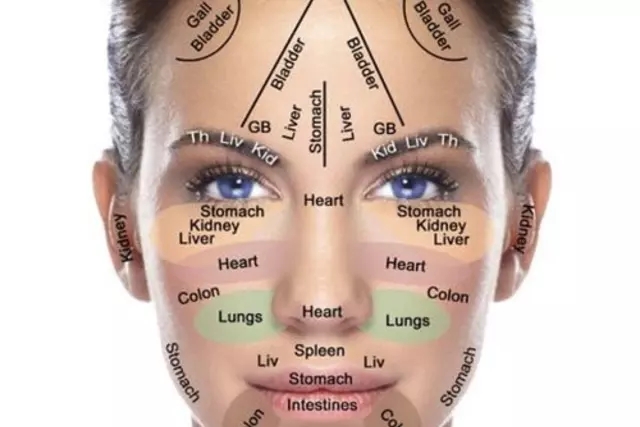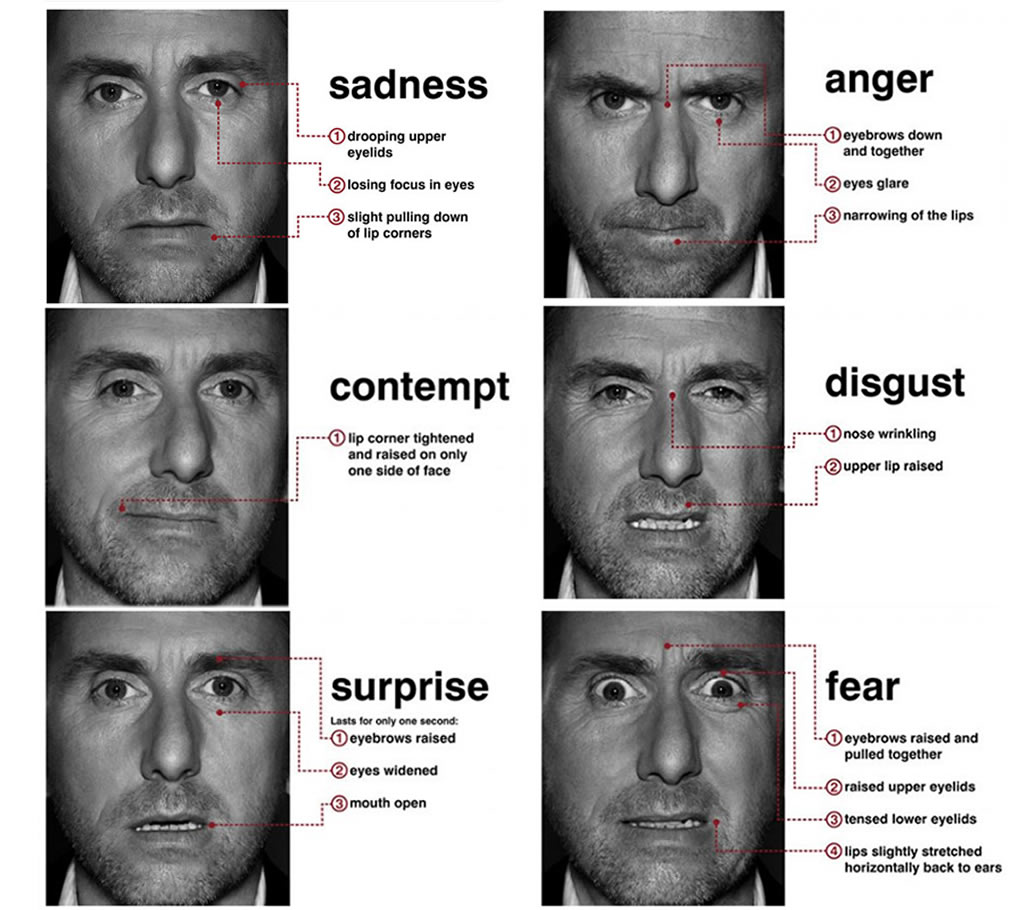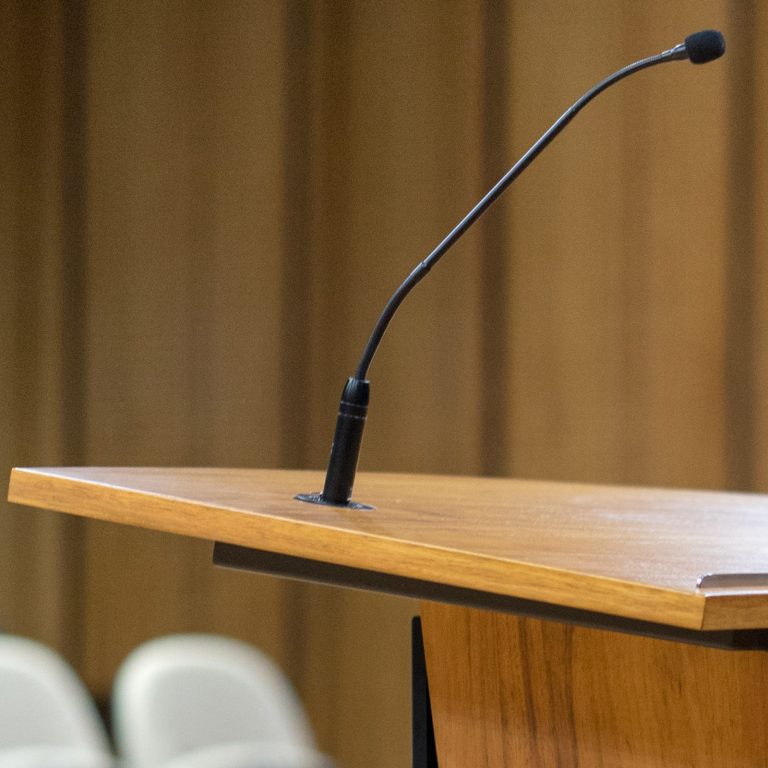How to Read Face Expression? Master Nonverbal Communication
Face expressions tell us a lot about how someone feels. Learning to read them is very helpful. You can understand what others think. You can also show empathy. Let’s explore how to read face expressions.
Why Read Face Expressions?
Face expressions give clues about feelings. When you know what someone feels, you can respond better. This helps in friendships and at work. It makes you a good communicator.
Basic Face Expressions
There are some basic face expressions. They show common feelings. Here are a few:
- Happiness: Smiling, eyes crinkled, relaxed face.
- Sadness: Frowning, downturned mouth, teary eyes.
- Anger: Frowning, narrowed eyes, tense face.
- Surprise: Wide eyes, raised eyebrows, open mouth.
- Fear: Wide eyes, mouth open or tight, tense face.
- Disgust: Nose wrinkled, mouth open, eyebrows lowered.
How to Identify Face Expressions
Now, let’s learn how to identify these expressions. Here are some tips:
1. Pay Attention To Eyes
Eyes tell a lot about feelings. Happy eyes are crinkled. Sad eyes are teary. Angry eyes are narrowed. Surprised eyes are wide open. Fearful eyes are also wide open.
2. Look At The Mouth
The mouth is very expressive. A smile shows happiness. A frown shows sadness or anger. An open mouth can show surprise or fear.
3. Notice The Eyebrows
Eyebrows move a lot with feelings. Raised eyebrows show surprise. Lowered eyebrows show anger or disgust. Eyebrows that are pulled together show sadness or worry.
4. Observe The Whole Face
Look at the whole face. Sometimes, one part of the face can fool you. But the whole face gives the correct feeling. For example, a smile with sad eyes shows someone is trying to hide sadness.
Practice Reading Face Expressions
Practice makes perfect. Here are some ways to practice:
- Watch movies and focus on actors’ faces. Try to guess their feelings.
- Look at photos of people showing different feelings. Try to name the feelings.
- Observe people around you. Try to read their face expressions.
Practice will make you better at reading face expressions. Soon, you will understand people better.
Face Expressions and Culture
Face expressions can be different in different cultures. Some cultures hide feelings more. Some show feelings openly. It is good to know about cultural differences.
Why It Is Important
Understanding face expressions helps you connect with others. It helps in making friends. It helps in understanding family. It helps in working with people. It makes you a better person.

Credit: www.indiatimes.com

Credit: www.tsw.it
Common Mistakes to Avoid
Here are some common mistakes:
- Looking at one part of the face only. Look at the whole face.
- Assuming the same expression means the same for everyone. People are different.
- Not considering the situation. The same expression can mean different things in different situations.
Frequently Asked Questions
What Are Common Face Expressions?
Common expressions include happiness, sadness, anger, surprise, fear, and disgust.
How To Identify A Happy Face?
Look for a genuine smile, with eyes crinkling and cheeks lifting.
What Does A Sad Face Look Like?
Sad faces have downturned lips, drooping eyelids, and sometimes tears.
How To Read Angry Facial Expressions?
Angry faces often show frowning eyebrows, glaring eyes, and tense lips.
Conclusion
Reading face expressions is a useful skill. It helps you understand people. It makes you a better communicator. Practice and observation will make you good at it. Remember, the face tells a story. Learn to read it.

